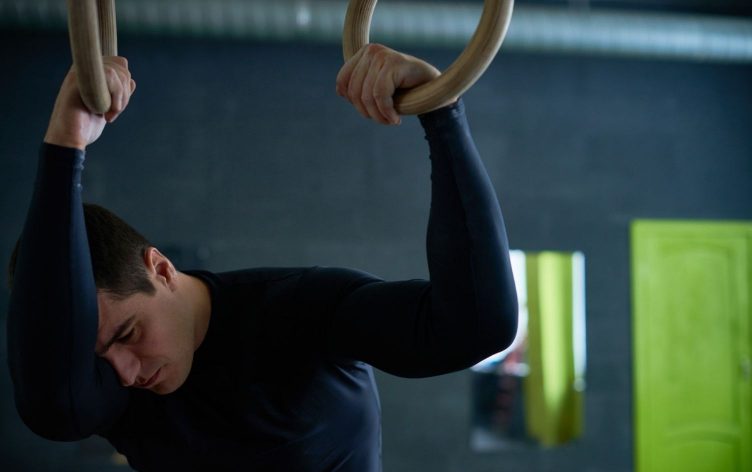
4 Signs You Need to Add Carbs Back Into Your Diet
It’s almost easy (in theory, anyway) to cut carbs out of your diet. After all, grocery store shelves are loaded with low-carb or keto substitutes of some of your favorite foods. If you feel great eating your current diet, that’s wonderful. There’s a chance, though, you may not be feeling your best. Is it possible you may need to add more carbs back into your diet?
Despite the current trend of high-fat, low- (or no-) carb eating, “carbohydrates are so important. They provide fiber, which is essential for satiety and is also beneficial for heart health,” says Sammi Haber Brondo, a New York City-based registered dietitian. “Carbs are also stored as glycogen in the body, which is the body’s preferred source of energy,” she says.
We’re all different — the diet that works for one person may not be ideal for another. However, you may suspect you’re just not thriving under lower-carb eating. Here are four signs you may want to add healthy carbs, such as vegetables, fruit, whole grains, and legumes, back into your diet:
YOU’RE CONSTIPATED
One of the hallmark functions of fiber is to bulk up your stools to help make going number 2 easier. And while there are plenty of non-starchy vegetables that provide fiber with fewer carbohydrates, such as asparagus, green beans and leafy greens, you may still not be getting the fiber you need. For example, 1 cup of raw spinach offers less than 1 gram of fiber, per the USDA. Women are advised to aim for 21–25 grams of fiber per day, while men should get 30–38 grams, according to the Mayo Clinic. “If bowel movements aren’t regular — or they’re even painful — try adding more fiber to your diet from things like whole grains, legumes and fruit,” says Brondo.
YOU’RE LEAVING THE TABLE UNSATISFIED
Have you ever eaten a full meal, then stood in front of your refrigerator or pantry looking for something else? You’re not sure what you’re searching for, but you just need something more. You might want to add a carb source the next time you eat.
A meal can physically fill you, but you need that satisfaction piece, too. “If you’ve eaten a salad with plenty of veggies and protein, but no [main carb source], you might have experienced this. Maybe you felt physically full but as if something was missing and you still wanted more,” says Brondo. Rather than munching aimlessly (and mindlessly), make an effort next time to top that salad with beans or toss in a whole grain like farro and serve it with a whole-grain roll or piece of fruit. Also important: Allowing even so-called unhealthy carbs. “Keep in mind that there’s a place in the diet for all carbs. Pizza might not be the most fiber-filled way to get carbs, but it’s delicious and satisfying,” she says.
YOU’RE GROUCHY (AND YOU DON’T KNOW WHY)
Not only is there the satisfaction factor at play, but your brain craves carbs. “Just our brains alone require 140 grams of carbohydrate per day to function,” says Brondo. On top of that, since carbs provide that fullness factor, you may also feel hungry or low on energy, too, contributing to crankiness. If you’re constantly thinking about your next meal or snack or are so hungry you’re having a difficult time concentrating or focusing on the task at hand, it may be time to try adding more carbs back into your diet.
YOUR WORKOUTS ARE LAGGING
You’re putting in the effort to train, and yet, here you are, petering out before your workout class is over or way before your run was supposed to end. “Carbs are stored as glycogen. Without enough carbs — or glycogen stores — it’s hard for the body to have energy to exercise,” says Brondo. According to the American College of Sports Medicine (ACSM), active folks are likely not going to get the fuel they need from veggies and fruits as their sources of carbs alone — rather fitting in a combination of grains, fruits, veggies and starchy foods in your meals can all help enhance your exercise performance and bounce back from tough sessions. Aim to consume a balanced meal (or snack) 2–3 hours before a workout; toast with nut butter or nut-based bar are two RD-approved pre-workout snacks.





